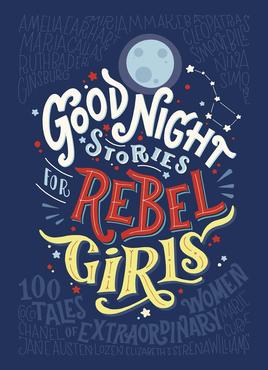A couple of weekends back I decided to re-read Yuval Noah Harari’s Sapiens. Rather than digging into my kindle for the regular version (which I’d read in 2015), I decided to read the graphic novel instead.
I’d purchased a copy of it a few months back, and a month ago, my daughter had finished reading it (it was only after she finished reading that I realised the extent of the sex and violence in the book. anyways).
Since I was re-reading, there was nothing particularly new. It was just a refresher of everything I’d read and enjoyed back in 2015. And one of the things I read was something highly pertinent to what I’d been thinking about the preceding Friday – on gossip.
One of the key points that Harari makes in Sapiens is that what makes us sapiens sapiens is our ability to gossip. Many other animals communicate, but most of their communication is “necessary”. “Oh look, there’s a lion”, or “there is a dead elephant near the lake” types.
Homo sapiens is unique in that most of our conversation is, fundamentally speaking, rather unnecessary stuff. It is basically “gossip”. That we gossip, however, means that we evolved to have a far richer vocabulary. We communicate and bond a lot more. And we are able to create “shared fictions” that means it is far easier for us to cooperate with strangers. And that lets us do more. Then again – it all started with gossip.
This, I realised, is why I find working from home rather isolating. It’s been over a year since I got back to full time employment. There have been two waves of covid-19 after that. This has meant I’ve hardly been to office in this time. Yes, there have been spells when I’ve travelled, or spent a week at office, but they have been few and far in between.
Apart from collaboration with my team, work has been fine. However, what I realise I miss is the general “bonding” that you would come to expect when you work for a company. The problem is with remote work.
While chat (we use Google Chat; other companies use Slack or DBabble of Microsoft Teams or Discord) is good enough for most “quick communication”, the big problem is that everything you say is necessarily in writing. Yes, you can delete or modify, some messengers have disappearing messages and all that.
Yet, because you need to put everything in writing, you say less than you otherwise would. Most importantly, you think twice before you gossip. It takes a long time for pairs of people to build sufficient mutual trust to be able to gossip (and when I think of it, most of this kind of trust has developed through offline interactions). Even if I trust you, I’ll think maybe one and a half times before putting gossip in writing.
So prolonged period of remote work means work gets robbed of the core human element – gossip. And extending what Harari says in sapiens, when you gossip less, you believe in fewer shared fictions (though by definition all of you in your company believe in the fiction of the limited liability corporation). And you cooperate less.
I can’t wait to get back to office (planning in 2 weeks or so), and (hopefully) start gossiping again. It won’t be easy since so far I’ve largely been remote. However, if we can get a sustained period of office work going, we should be able to gossip and bond and be a little more human.



